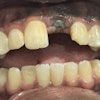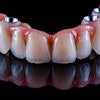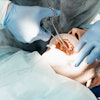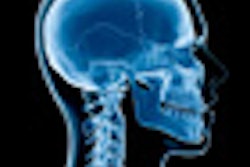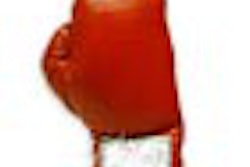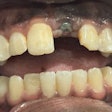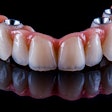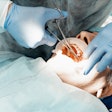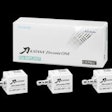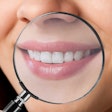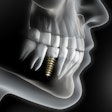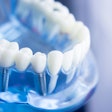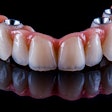Dental implants are frequently used as a replacement for missing teeth to restore the patient's tooth function and appearance. Previous research has shown that the placement of a dental implant disrupts the host tissue in the area of the implant, so practitioners often focus their treatment planning to carefully maintain the patient's bone and gum tissue surrounding the implant.
A recent study published in the Journal of Periodontology found that the majority of bone remodeling occurred in the time between the implant placement and final prosthesis placement (2009, Vol. 80:5, pp. 725-733). Subsequently, little mean bone change was observed in the five years following the implant placement, independent of type of restoration or implant length.
The study, conducted at the University of Texas Health Science Center at San Antonio, evaluated 596 dental implants placed in 192 patients over the age of 18. Patients were screened for adequate oral hygiene and bone volume. Exclusion criteria included heavy smoking, chewing tobacco use, drug abuse, and untreated periodontal disease, among others.
Study author David Cochran, D.D.S., Ph.D., chair of the department of periodontics at the University of Texas Health Science Center at San Antonio and president of the American Academy of Periodontology (AAP), believes that this study provides additional support for the use of dental implants to replace missing teeth.
"As a periodontist, I am committed to saving my patients' natural dentition whenever possible," Dr. Cochran said in a press release issued by the AAP. "However, the results of this study help further indicate that a dental implant is an effective and dependable tooth replacement option. Since the patient's host tissue surrounding the dental implant largely remains unchanged in the five years following placement, the dental team can now focus on periodic assessment and treatment of other areas in the mouth as needed, and know that the implant is doing its job as a viable substitute solution."
Copyright © 2009 DrBicuspid.com
